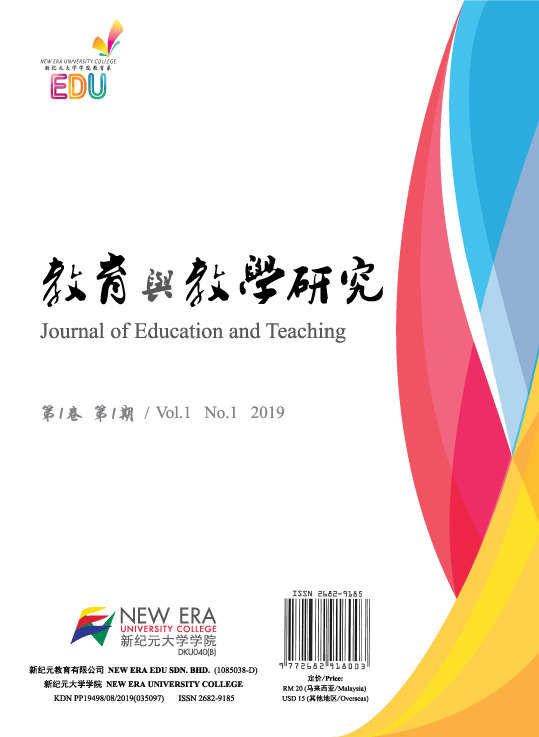RTI对身心障碍儿童鉴定的需求与应用 Assessment and Application of RTI to Children with Disabilities
Keywords:
《华语入门》 ,《汉字练习簿》, 习写生字, 选编, 评价, Responsiveness to Intervention (RTI), learning disabilities, assessmentAbstract
由于鉴定学业成就与智力测验的标准偏差异, 2001年美国教育部成立国家学障研究中心 (National Research Center on Learning Disabilities, NRCLD) 重新研究鉴定学习障碍的方式。 新的学障鉴定标准 ”入反应模式 (Responsiveness to Intervention, RTI) " 于2004年产生。 本研究旨在运用 RTI对疑似有学习困难的学生提供适当的介入并探讨介入后个案之学习成效, 借以推估其是否需要进一 步转介进入特殊教育体系。 个案为台湾偏乡地区 一名疑似有学习困难的小学三年级学生JK (化名), 研究者提供为期十二周的介入反应模式教学, 并根据JK的学习成果做教学上的调整, 进而监控JK的学习表现。 研究结果显示研究者利用RTI为期十二周的教学策略, 协助取在 ”作业完成度”、"拒绝学习” 及 “同侨互动” 三方面比介入前有改善且深得学校及家长认同。
Due to the standard deviation between the identification of academic achievement and intelligence test, National Research Center on Learning Disabilities(NRCLD) restudied the assessment of learning disabilities in 2001. New standard of assessment of identifying learning disabilities - Responsiveness to Intervention (RTI) was established in 2004. This study focused on the RTI application on a male 3-grade elementary student named JK, who has been suspected having learning disabilities in a suburban area of Taiwan. This RTI lasted for 12 weeks and the teaching strategies were modified accordingly to monitor the learning performances of JK. The results indicated the learning performances of JK have improved after 12-week of RTI interventions in JK's school tasks issues on "homework completion", "learning rejection", and "peer interactions", JK made significant progresses in these three aspects.




